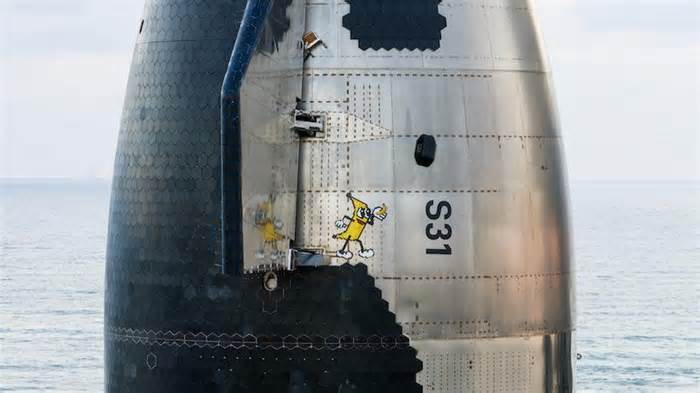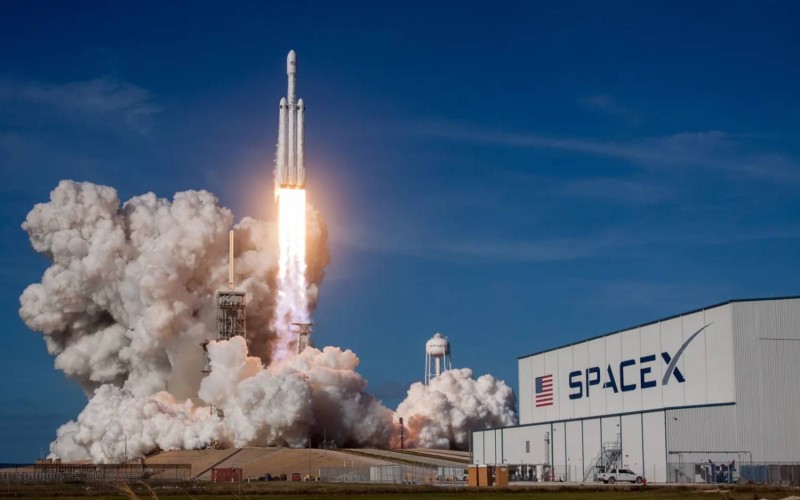
Space Ops: Starship Flight 6
- by Aviation Week
- Nov 13, 2024
- 0 Comments
- 0 Likes Flag 0 Of 5

November 13, 2024
Ship 31 was transported to the launchpad on Nov. 12, with liftoff onboard a Super Heavy booster from Boca Chica Beach, Texas, targeted for 5 p.m. EST Nov. 18.
Credit: SpaceX
SpaceX plans to step up the cadence of Starship-Super Heavy flight tests, with a sixth launch slated for Nov. 18 that is designed to build on last month’s successful booster landing catch and upper-stage splashdown.
On Oct. 13, a Super Heavy booster on its first attempt returned to SpaceX’s Boca Chica Beach, Texas, launch site to be caught midair by a pair of chopstick-like mechanical arms on the launch gantry.
In addition to repeating Flight 5’s booster catch, SpaceX on Flight 6 plans to reignite a Starship Raptor engine in space for the first time and conduct maneuvering tests for the ship’s reentry and descent.
“We want to continue to understand the flight dynamics on Starship. In particular, you want to make sure that we can really control an orbital vehicle before we have it go orbital,” Kathy Lueders, general manager of SpaceX’s Boca Chica operations, said Nov. 7 at a live-streamed session of the Mexico Space Agency’s National Congress of Space Activities conference in Matamoros, Tamaulipas, Mexico.
“These next few missions are … making sure we get that figured out,” she said.
SpaceX is targeting 5 p.m. EST for Flight 6, a switch from previous launches, which occurred in the morning. The early evening launch will enable Starship to reenter the atmosphere over the Indian Ocean in daylight, providing better conditions for visual observations, SpaceX said.
Flight 6 will be SpaceX’s fourth Starship flight test this year, following two launches in 2023. Within a year, Lueders said SpaceX founder, CEO and CTO Elon Musk would “love for us to have 25 missions a year.”
Meanwhile, SpaceX may come close to meeting its original goal of 140 Falcon 9 and Falcon Heavy rocket flights this year.
SpaceX launched its 109th and 110th missions on Nov. 11, first sending the Koreasat 6A satellite into geostationary transfer orbit and, 4 hr. later, dispatching 24 Starlink V2 mini spacecraft into low Earth orbit. The first-stage booster that launched Koreasat 6A is now SpaceX’s fleet leader, having completed 23 successful landings.
Please first to comment
Related Post
Stay Connected
Tweets by elonmuskTo get the latest tweets please make sure you are logged in on X on this browser.
Sponsored
Popular Post
Tesla: Buy This Dip, Energy Growth And Margin Recovery Are Vastly Underappreciated
28 ViewsJul 29 ,2024






 Energy
Energy



















